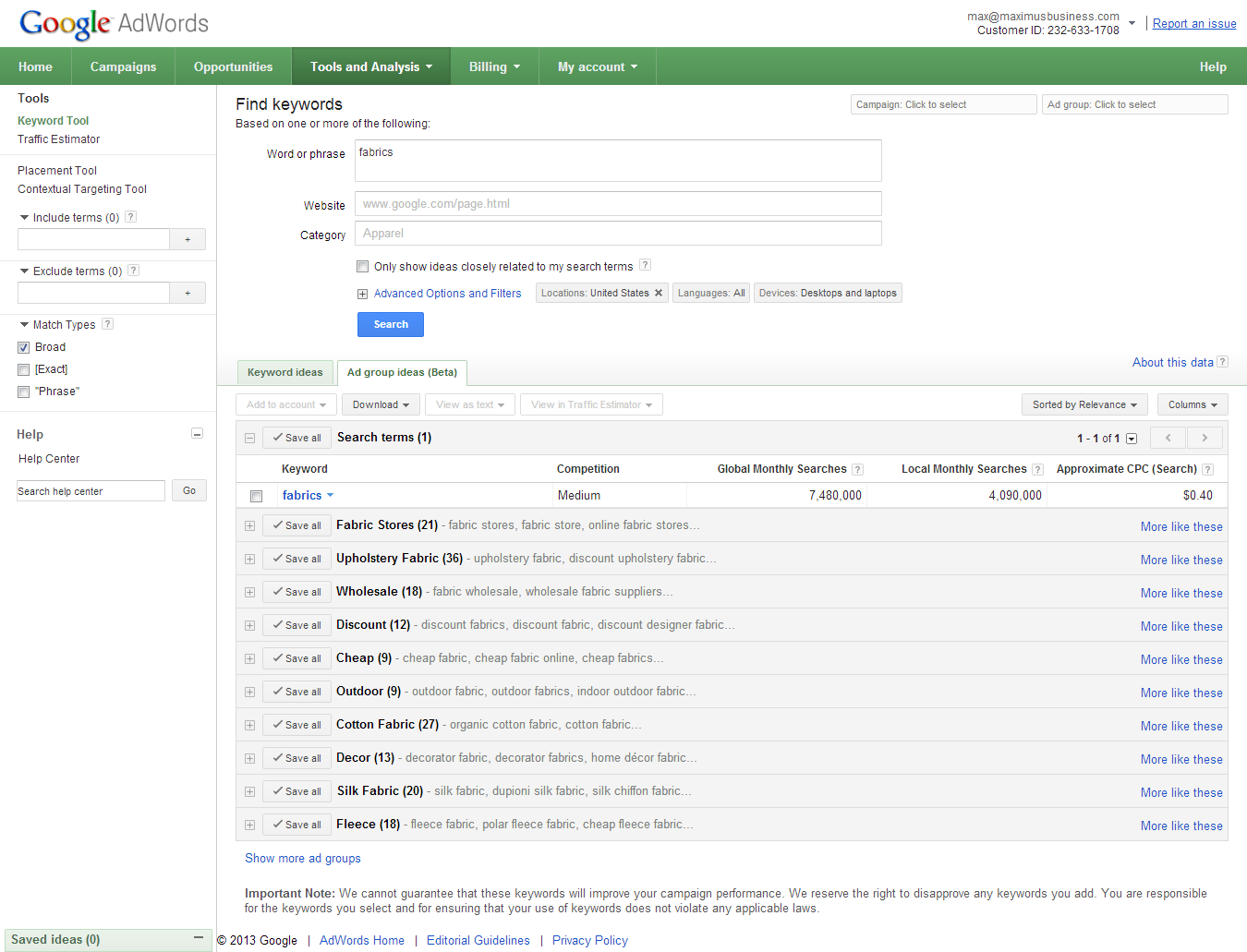
Unless a business has a tight online marketing strategy things can become very messy, with diverse disconnected channels pumping out content with no overarching goal in mind. Imposing order on the potential marketing chaos is essential to ensure that every part of a business's online presence is pulling in the right direction.
The hub and spoke paradigm is one way of imposing that order. In principle it’s fairly simple, the brand website is the hub, the point at which most substantial content in published, and where the major calls-to-action are located. The spokes are the channels through which content is pushed to potential leads, with the intention of drawing them into the main site and exposing them to the calls-to-action.
There are various ways that the hub and spoke model can be implemented; we’re going to have a look at two of the most popular, both of which use WordPress as a major component. We’ll look at these implementations separately, although there’s no reason that they couldn't be combined in practice.
Blog and Social Media
This is the most common implementation of hub and spoke. The main site, whether it’s a sales site or a lead generation site, acts as the hub. Closely integrated with that site is a blog on which high-quality relevant content is published. That content is then given exposure through a selection of social media networks, outreach to other blogs, and guest posting.
At every point in the process the aim is to draw users into the main site, where they can be presented with calls-to-action and opportunities to convert, as well as awesome content which encourages further sharing on social media and return visits.
WordPress makes a great choice for the hub, both because it’s the most capable blogging platform available, and because of the huge number of plugins available for integration with social media.
Main Site and Microsites
Many businesses want to appeal to a range of different niches. Products are often better served by being exposed to different audiences using different tones, emphases, and designs.
Microsites are secondary websites that target each of those niches in the way best suited to them. For example, a clothing retailer may sell clothes to both men and women, and both city and rural customers. The content likely to engage those customers is going to be different, and a hub site that attempts to cover all bases — to cater for both urban hipsters and farmers — is going to end up looking inauthentic to both.
Using WordPress to produce microsites that are separately focused on producing content for each of those customer personas, and then driving that traffic to the main site for conversion is a very good way to deal with audience fragmentation.
Again, WordPress is well suited because of its flexibility as a content publishing platform, its easy theming, and the WordPress multisite capability, which allows for the running of several sites from one installation.


